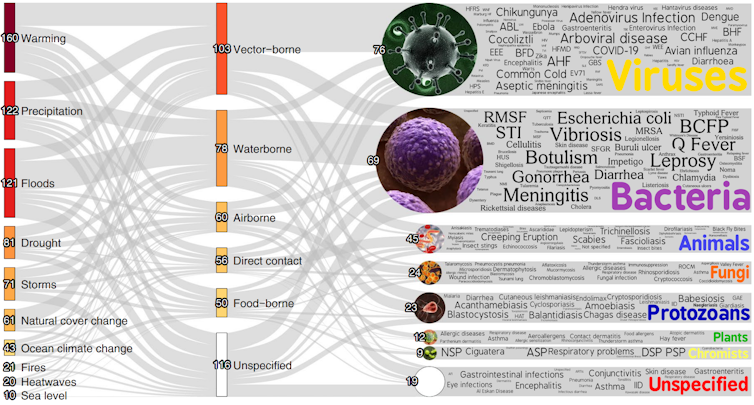According to new research, more than half of infectious diseases have been exacerbated by the various hazards that are associated with environmental breakdown, posing a significant threat to life on Earth.
Polio has returned, monkeypox isn’t slowing down, and COVID-19 still lingers in the shadows – basically, unless you’ve been living under a rock, you’ll have noticed that alongside the steady deterioration of our environment, the threat to human health has been growing.
But if you’ve seen Bill Gates’ famous Ted Talk from before any of us even understood the realities of a lockdown, you’ll know this was to be expected.
As he warned, a global pandemic is one of the likeliest things to cause a massive social disturbance and, ultimately, end the world.
Well, according to new research, this may be on the horizon, because 58% of infectious diseases (218 of the 375 we know of) have been exacerbated by the various hazards associated with climate change.
The exhaustive study, which was conducted by scientists at the University of Hawaii, discovered that outcomes of our ceaseless greenhouse gas emissions are both aggravating pathogens and weakening our immune systems.


The triggers include droughts, heatwaves, wildfires, extreme precipitation, and rising sea levels, to name just a few.
Analysing over 70,000 existing papers – some of it evidence stretching back 700 years before the advent of the man-made climate emergency – on the direct links between environmental breakdown and infectious diseases, they concluded that these events are bringing pathogens closer to people.
‘We became distressed by the overwhelming number of available case studies that already show how vulnerable we are becoming to our ongoing growing emissions of greenhouse gases,’ says the study’s co-author, Kira Webster.





















